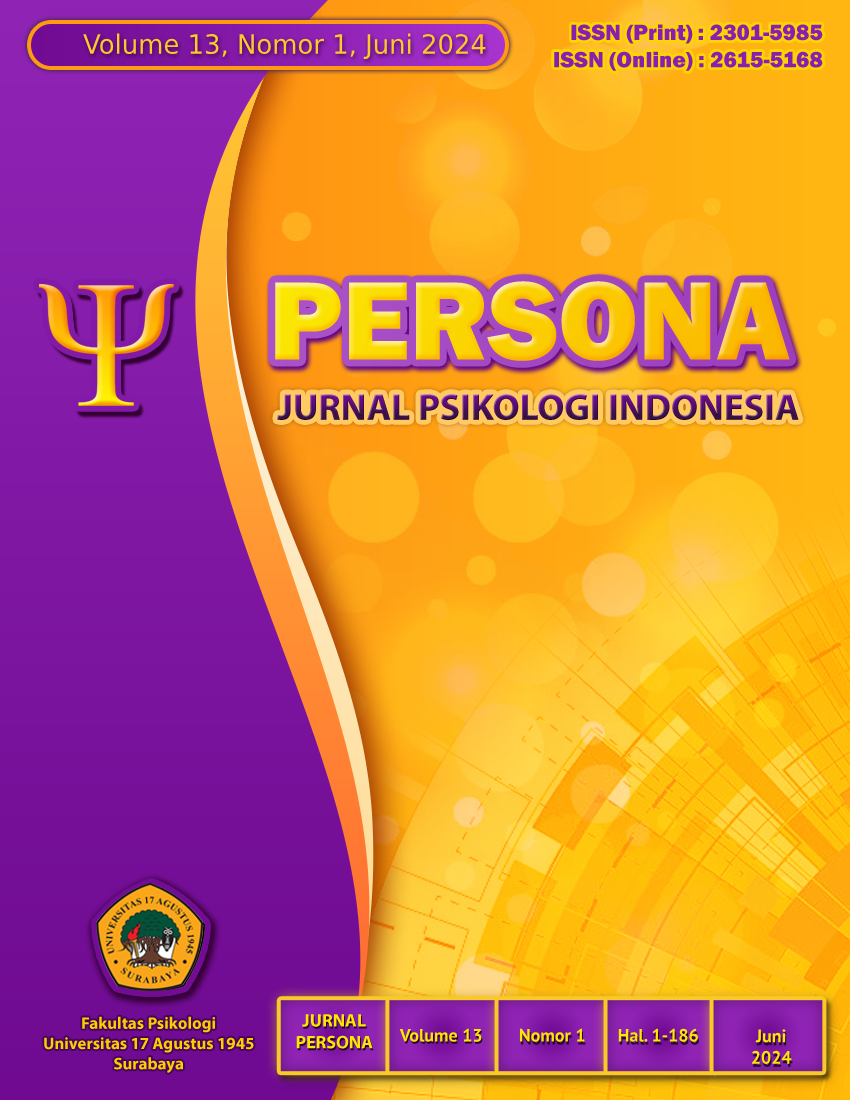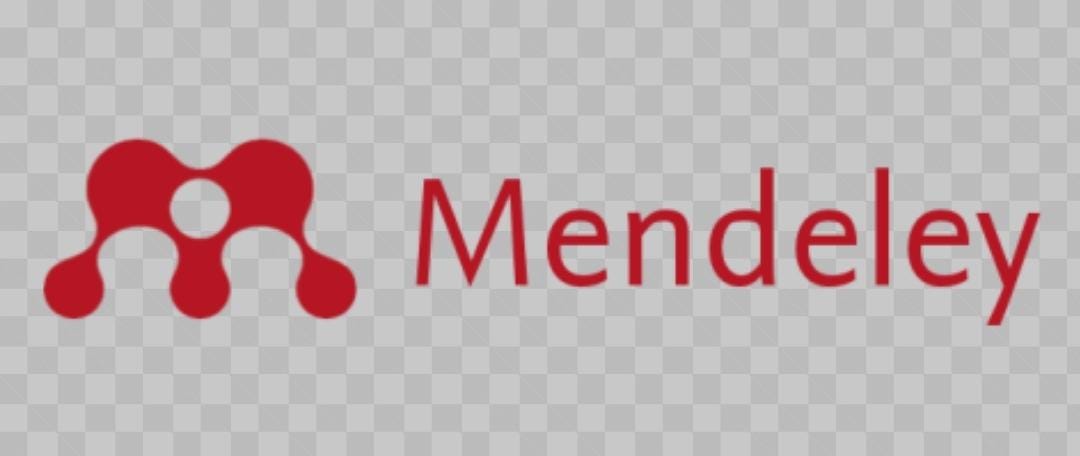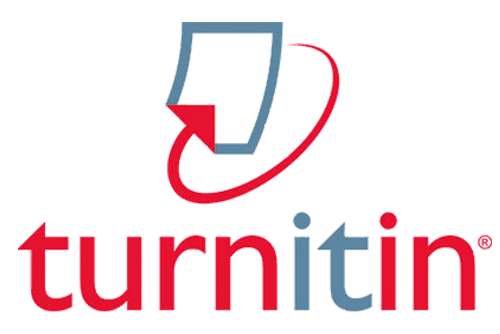Self- Control dan Internet addiction pada Mahasiswa: Pendekatan Structural Equation Modeling
Self-control and Internet addiction in College Students: A Structural Equation Modeling Approach
Abstract
The overuse of the internet is known as internet addiction. People who are addicted to the internet frequently require assistance in controlling their usage, which causes them to lose track of time and prefer the virtual world to the actual one. The purpose of this study is to look at how self-control affects college students' internet addiction. 352 students, aged between 18 and 24 (M = 20.46, SD = 1.31), living in Jakarta, Bogor, Depok, Tangerang, and Bekasi, made up the sample. There were 69 male students and 283 female students. Purposive sampling, a non-probability technique, was employed. Confirmatory factor analysis (CFA) is used in the construct validity assessment process. The structural equation modeling method is employed to test hypotheses. The results showed that data with an RMSEA value of 0.074 supported the fit model. In addition, there is a significant influence of self-control on internet addiction in students with an opposing direction of influence. The R-square of 40.2% obtains the amount of influence.
Downloads
References
Acharya, S., Adhikari, L., Khadka, S., Paudel, S., & Kaphle, M. (2023). Internet addiction and its associated factors among undergraduate students in Kathmandu, Nepal. Journal of Addiction, 1-9. https://doi.org/10.1155/2023/8782527
Affum, M.Q. (2022). The effect of internet on student studies: A review. Library Philosophy and Practice (e-journal), 6932.
Afrin, S., Rahman, N. A. S., Tabassum, T. T., Abdullah, F., Rahman, M.I., Simu, S. H., Kumar, L., Noor, K., Vishal, FNU., & Podder, V. (2023). The impact of internet addiction on academic performance among medical students in Bangladesh: A Cross-Sectional Study and the Potential Role of Yoga. medRxiv.
Agbaria, Q. (2020). Internet addiction and aggression: The mediating rolesod self-control and positive affect. International Journal of Mental Health and Addiction. https://doi.org/10.1007/s11469-019-00220-z
APJII. Asosiasi Penyelenggara Jasa Internet Indonesia. (2023). Survei APJII pengguna internet di Indonesia tembus 215 juta orang: Indonesia Survey Center.
Babakr, Z. H., Majeed, K., Mohamedamin, P., & Kakamad, K. (2019). Internet addiction in Kurdistan University students: Prevalence and association with self-control. European Journal of Educational Research, 8(3), 867–873.
Cheng, C., & Yee-lam Li, A. (2014). Internet addiction prevalence and quality of (real) life: A meta-analysis of 31 nations across seven world regions. Cyberpsychology, Behavior, and Social Networking, 17(12), 755–760. https://doi.org/10.1089/cyber.2014.0317
Chou, C., Condron, L., & Belland, J. C. (2005). A Review of the research on Internet addiction. Educational Psychology Review, 17(4), 363–388. https://doi.org/10.1007/s10648-005-8138-1
Elia, H. (2009). Kecanduan berinternet dan prinsip-prinsip untuk menolong pecandu internet. Veritas: Jurnal Teologi Dan Pelayanan, 10(2), 285–299. https://doi.org/10.36421/veritas.v10i2.214
Ghoshal, S & Upadhyay, A. (2023). The effect of internet on student studies: A review. EPRA International Journal of Multidisciplinary Research (IJMR) - Peer Reviewed Journal. DOI: 10.36713/epra2013
Hu, L. T., & Bentler, P. M. (1999). Cutoff criteria for fit indexes in covariance structure analysis: Conventional criteria versus new alternatives. Structural Equation Modeling, 6, 1-55. http://dx.doi.org/10.1080/10705519909540118
Ismail, A. B., & Zawahreh, N. (2017). Self-control and its relationship with the internet addiction among a sample of Najran University Students. Journal of Education and Human Development, 6(1), 168–174.
Jatmiko, L, D. (2023). Survei APJII 2023: Pengguna internet RI tembus 215 juta orang.
Lam, L. T., and Peng, Z. W. (2010). Effect of pathological use of the internet on adolescent mental health: a prospective study. Arch. Pediatr. Adolescent Med. 164, 901–906.
Lei, H., Mao, W., Cheong, C. M., Wen, Y., Cui, Y., & Cai, Z. (2020). The
relationship between self-esteem and cyberbullying: a meta-analysis of children
and youth students. Current Psychol, 3, 830–842. doi: 10.1007/s12144-019-00407-6
Li, S., Ren, P., Chiu, M., Wang, C., Lei. (2021). The relation between self-control and internet addiction among students: A meta-analysis. Frontiers in Psychology, 12.
Li, J., Chen, Y., Lu, J., Li, W., & Yu, C. (2021). Self-control, consideration of future consequences, and internet addiction among Chinese adolescents: the moderating effect of deviant peer affiliation. International Journal of Environmental Research and Public Health, 18(17), 9026. https://doi.org/10.3390/ijerph18179026
Lee P, Sujun C, Yuanjun Y, Yilin C, & Ruohan F., & Xingyan, F. (2019). The effect of mindfulness and wisdom as intervention to deal with collage students’ internet addiction. International Journal of Psychology and Behavior Analysis 5, 161. doi: https://doi.org/10.15344/2455-3867/2019/161
Mawardah, M. (2019). Adiksi internet pada masa dewasa awal. Jurnal Ilmiah Psyche, 13(2), 108–119.
Ningtyas, S. D. Y. (2012). Hubungan antara self-control dengan internet addiction pada mahasiswa. Educational Psychology Journal, 1(1). 323-325.
Oktaviano, E., Timiyatun, E., & Suryati, A. (2021). Studi korelatif: kontrol diri remaja dengan kecanduan menggunakan internet. Medika Respati Jurnal, 16(2), 117-128.
Ozdemir, Y., Kuzucu, Y., & Ak, Ş. (2014). Depression, loneliness and internet addiction: How important is low Self-control? Computers in Human Behavior, 34, 284–290.
Raykov, T. & Marcoulides, G. A. (2006). A first course in structural equation modeling second edition. Lawrence Erlbaum Associates.
Rosen, L. D., Cheever, N. A., and Carrier, L. M. (2014). Social networking is addictive and can lead to psychological disorders, in are Social Networking Sites Harmful?, ed. N. Berlatsky (Greenhaven Press), 51–58.
Singh, B., Gupta, R., & Garg, R. (2013). Study of medical students and internet usage. International Journal of Scientific and Research Publications, 3(5).
Shirinkam, M. S., Shahsavarani, A. M., Toroghi, L. M., Mahmoodabadi, M., Mohammadi, A., & Sattari, K. (2016). Internet addiction antecendants: Self-control as a predictor. International Journal of Medical Research & Health Sciences, 5(5), 143–15.
Soegoto, E. S., & Tjokroadiponto, S. (2018). Effect of internet on student's academic performance and social life. IOP Conf. Series: Materials Science and Engineering. doi:10.1088/1757-899X/407/1/012176
Tangney, J. P., Baumeister, R. F., & Boone, A. L. (2004). High Self-control predicts good adjustment, less pathology, better grades, and interpersonal success. Journal of Personality, 72(2), 271–322. https://doi.org/10.1111/j.0022-3506.2004.00263.x
Türel, Y. K. & Toraman, M. (2015). The relationship between Internet addiction and academic success of secondary school students. Anthropologist, rd 20(1,2), 280-288.
Umar, J., & Nisa, Y. F. (2020). Uji validitas konstruk dengan CFA dan pelaporannya. Jurnal Pengukuran Psikologi dan Pendidikan Indonesia, 9(2), 1-11.
Young, K. S. (1998). Internet addiction: The emergence of a new clinical disorder. Cyber Psychology & Behavior, 1(3), 237 244. https://doi.org/10.1089/cpb.1998.1.237
Young, K. S. (1999). Internet addiction: evaluation and treatment. BMJ. https://doi.org/10.1136/sbmj.9910351
Zhou, H. (2024). White matter integrity of right frontostriatal circuit predicts internet addiction severity among internet gamers. Addiction Biology, 29(5). https://doi.org/10.1111/adb.13399
Copyright (c) 2024 Diana Mutiah, Rahmat S. Bintang, RSB, Vika Adelia Putri, Nurul Inayah Zainuddin

This work is licensed under a Creative Commons Attribution-ShareAlike 4.0 International License.
The author who will publish the manuscript at Persona: Jurnal Psikologi Indonesia, agree to the following terms:
1. Authors retain copyright and grant the journal right of first publication with the work simultaneously licensed under a Creative Commons Attribution ShareAlike License that allows others to share the work with an acknowledgment of the work's authorship and initial publication in this journal.
2. Authors are able to enter into separate, additional contractual arrangements for the non-exclusive distribution of the journal's published version of the work (e.g., post it to an institutional repository or publish it in a book), with an acknowledgment of its initial publication in this journal.
3. Authors are permitted and encouraged to post their work online (e.g., in institutional repositories, pre-prints sites or on their website) prior to and during the submission process, as it can lead to productive exchanges, as well as earlier and greater dissemination of published work








